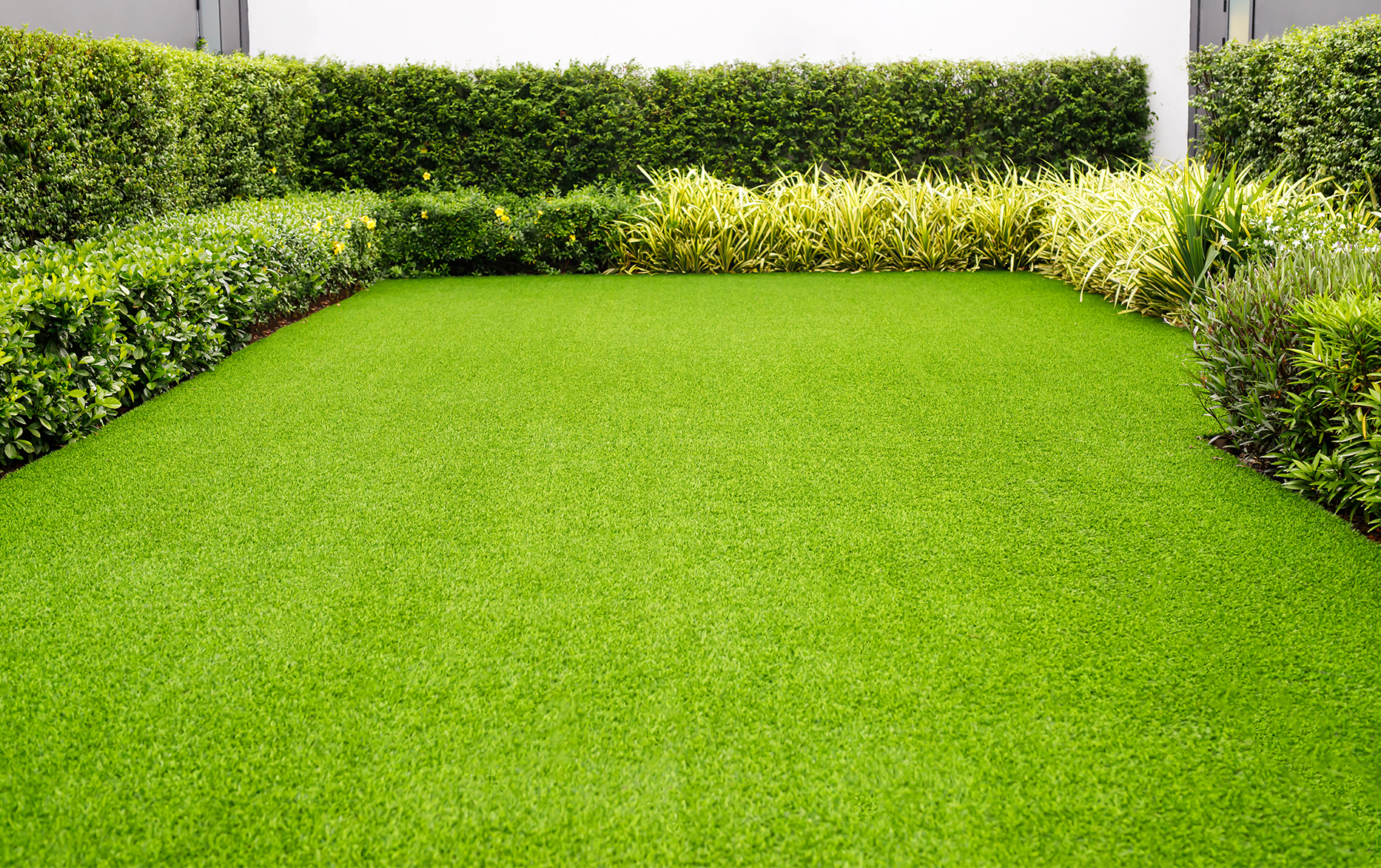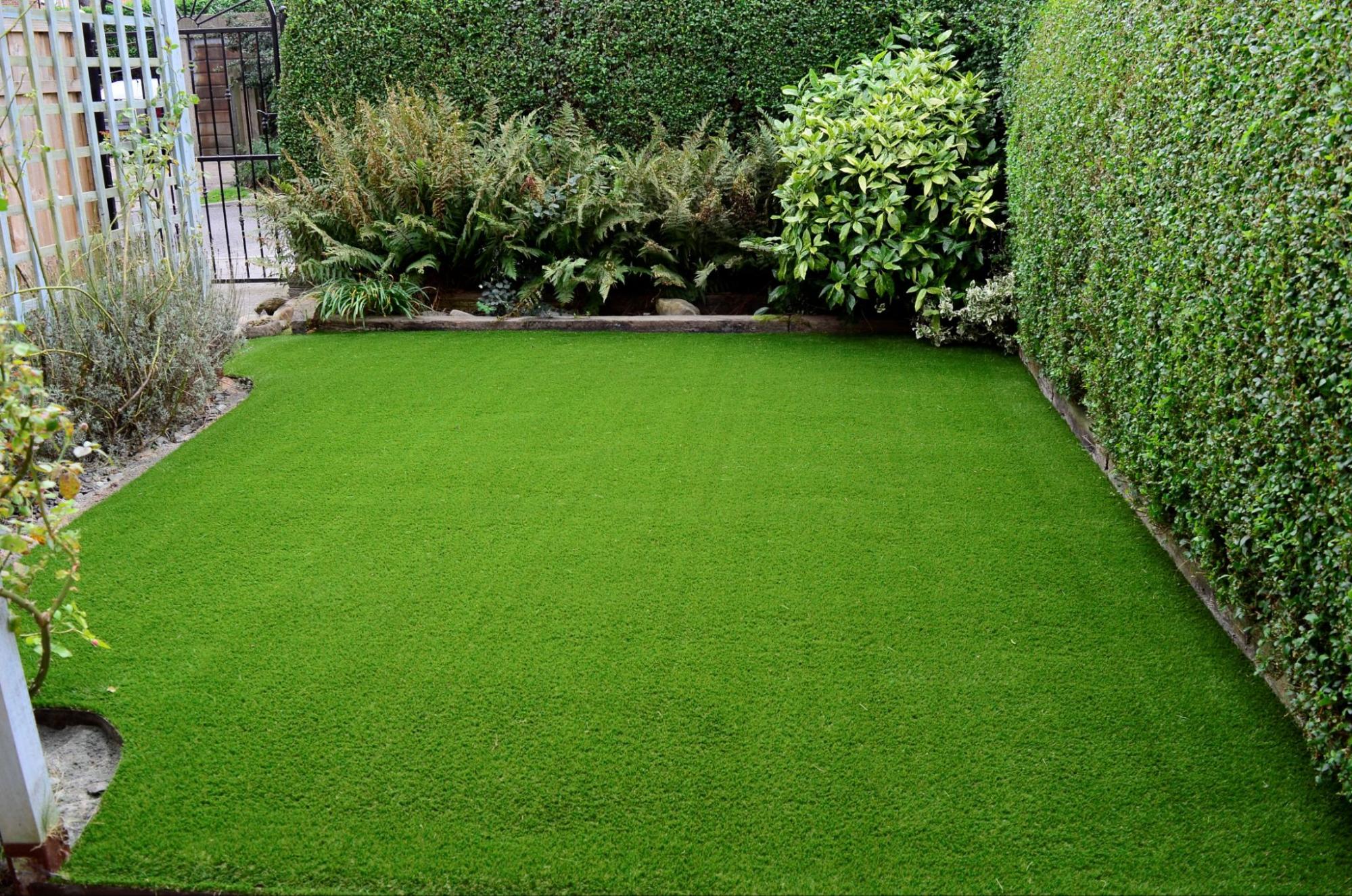Choose Reputable Artificial Turf Companies Phoenix for Long-Lasting and Natural-Looking Grass
Look Into the Environmental Advantages of Opting for Artificial Lawn Solutions
The fostering of synthetic grass solutions provides a compelling chance to attend to pressing environmental challenges. By considerably minimizing water usage and lessening the application of harmful chemicals, these options not just promote lasting landscape design however likewise secure neighborhood environments. The lower carbon footprint associated with reduced upkeep activities adds to an extra lasting approach to land management. However, the implications of these advantages extend beyond plain conservation efforts, questioning about their lasting effect on environment preservation and overall eco-friendly balance. Checking out these measurements exposes a complicated interaction worth thinking about.
Water Conservation Benefits
One of the most substantial advantages of man-made lawn is its capability to save water. In contrast, artificial lawn does not need watering, considerably minimizing the overall need for water sources.
By eliminating the demand for regular watering, synthetic grass contributes to sustainable landscape methods and aids alleviate the ecological effect of excessive water intake. Furthermore, the preservation of water includes the decrease of drainage, which can result in dirt erosion and river pollution.
Additionally, the installation of fabricated turf allows towns and home owners to assign water sources more successfully, focusing on crucial uses such as drinking water and farming. The shift towards man-made lawn not just promotes accountable water usage but additionally straightens with wider environmental goals targeted at maintaining natural deposits.
As neighborhoods significantly focus on sustainability, the water conservation benefits of artificial grass offer a compelling situation for its adoption in household and business landscaping tasks.
Minimized Chemical Use
The transition to synthetic grass substantially lowers the reliance on chemical therapies generally used in natural yard maintenance. Standard lawn monitoring commonly involves the application of chemicals, plant foods, and herbicides to promote growth and control pests. These chemicals can position dangers to human health, regional wild animals, and the setting, contributing to soil and water contamination.
On the other hand, synthetic grass removes the demand for these hazardous compounds. Once installed, it calls for marginal upkeep, largely being composed of normal cleaning and seldom infill replenishment. This decrease in chemical use not only benefits the immediate environment but additionally adds to broader environmental security. By decreasing the release of artificial compounds into the environment, synthetic grass promotes much healthier soil and water systems.
Additionally, the absence of chemical overflow connected with artificial turf installations aids protect neighborhood waterways from air pollution, supporting aquatic life and maintaining biodiversity. Artificial turf companies phoenix. As neighborhoods progressively focus on sustainable practices, going with synthetic grass presents a viable service that straightens with environmental preservation goals. Through this change, homeowner can delight in lavish environment-friendly rooms without jeopardizing environmental health, leading the way for a more sustainable future
Lower Carbon Impact

Furthermore, the installment of synthetic grass can cause considerable water preservation. Natural yards require considerable quantities of water for watering, which not just adds to the carbon footprint related to water removal and treatment but likewise strains local water sources. In contrast, synthetic grass requires marginal maintenance, needing no watering, thereby considerably lowering water use and its linked power expenses.
In addition, the long life of synthetic grass adds to its lower carbon effect. With a lifespan see this site of as much as 15 years or even more, the requirement for constant substitutes is diminished, leading to less waste and reduced power usage in manufacturing and dealing with conventional grass alternatives. Generally, fabricated grass offers a sustainable alternative for ecologically mindful landscape design.
Environment Preservation
Habitat conservation is an essential consideration in the debate over landscape design options, particularly when contrasting man-made grass to all-natural yard. Natural yard lawns usually require extensive maintenance, consisting of the usage of chemicals, herbicides, and plant foods, which can adversely influence neighborhood communities. These chemicals can seep into the dirt and rivers, hurting indigenous flora and animals and interfering with neighborhood habitats.
In comparison, fabricated lawn offers an opportunity to minimize the environmental impact of landscaping. By selecting artificial turf, homeowners can lessen the disturbance of natural habitats related to standard grass treatment methods. Synthetic helpful site grass removes the requirement for dangerous chemicals, thus shielding close-by wild animals and preserving the stability of surrounding ecosystems. Furthermore, the installation of synthetic grass can result in the conversion of former grass areas into even more biodiverse landscapes, such as pollinator yards or native plant areas, which can sustain local wild animals.
Inevitably, the change to artificial grass not only preserves water and decreases upkeep efforts but additionally cultivates an extra harmonious connection in between human tasks and the native environment, promoting environment preservation in the process.
Long-Term Sustainability
Lasting sustainability is an essential consider reviewing the advantages of synthetic grass over conventional yard lawns. Among one of the most substantial advantages of man-made turf is its sturdiness; it can last as much as 15-20 years with minimal upkeep, whereas natural grass calls for regular reseeding and substitute. This longevity decreases the need for consistent sources, such as water, plant foods, and pesticides, which are necessary for maintaining a healthy and balanced turf yard.
In addition, synthetic grass adds to a decrease in carbon exhausts connected with grass treatment equipment. Traditional lawns frequently need gas-powered mowers, trimmers, and blowers, all of which add to air pollution. Turf installation phoenix az. In contrast, synthetic grass gets rid of the demand for such devices, advertising a cleaner atmosphere
Furthermore, the production of fabricated grass progressively utilizes recycled products, boosting its sustainability account. As suppliers embrace green methods, the environmental impact of synthetic grass remains to decrease.

Verdict
The fostering of synthetic grass options presents significant ecological advantages, including substantial water preservation, reduced reliance on hazardous chemicals, and a reduced carbon impact. Additionally, synthetic grass help in maintaining natural habitats by lessening land disturbance and promoting long-term sustainability with using sturdy products. Collectively, these elements emphasize imp source the possibility of synthetic grass to contribute positively to environmental health and use a practical choice to traditional landscaping techniques in a significantly resource-conscious globe.
In contrast, synthetic grass does not need watering, dramatically decreasing the total demand for water sources. By minimizing the launch of synthetic compounds right into the ecological community, artificial turf promotes much healthier soil and water systems.
Moreover, the installation of man-made grass can result in considerable water conservation. In comparison, synthetic grass needs very little upkeep, calling for no watering, thereby substantially minimizing water use and its linked energy costs.
